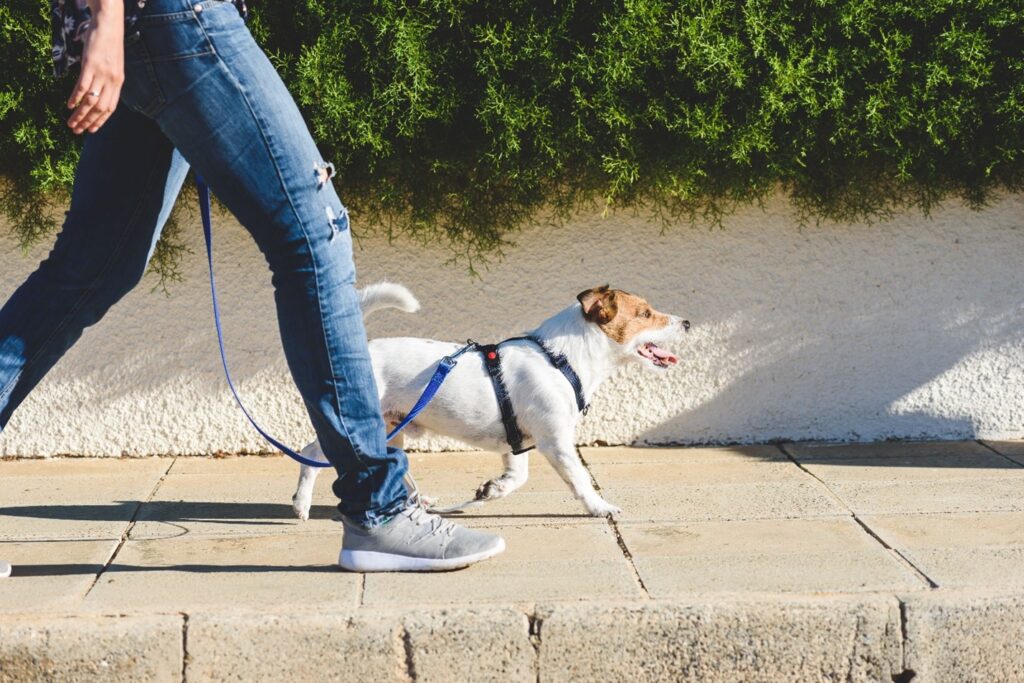Exploring the great outdoors with your dog can be one of life’s most rewarding experiences. From forest trails to bustling city streets, shared adventures strengthen the bond between you and your furry companion. However, successful outings often depend on how well your dog handles being on a leash. Whether you’re refreshing existing skills or teaching your pet for the first time, leash training is essential for safety and enjoyment. Freshpet reviews leash training basics, common challenges, and tips for making every outdoor adventure stress-free.
Why Leash Training Matters
Leash training is more than just a matter of convenience; it’s a cornerstone of responsible pet parenting. Here are a few reasons why leash manners are crucial:
- Safety: A well-trained dog on a leash is less likely to dart into traffic, chase wildlife, or get lost.
- Respect for Others: Not everyone is comfortable around dogs. Good leash behavior ensures that your dog doesn’t invade personal space or create uncomfortable situations.
- Legal Compliance: Many parks, trails, and urban areas have leash laws requiring pets to be under control at all times.
- Enjoyment: A dog that pulls or lunges can make walks stressful. Leash training ensures a more pleasant experience for both of you.
Starting with the Basics
Whether you have a new puppy or an older dog in need of a refresher, the fundamentals of leash training remain the same. Here’s how to get started:
Step 1: Choose the Right Equipment
The right gear can make all the difference. Consider the following options:
- Leash: A standard 4- to 6-foot leash is ideal for training. Retractable leashes are not recommended as they give less control.
- Collar or Harness: A flat collar works for most dogs, but a front-clip harness can help reduce pulling.
- Treat Pouch: Keep high-value treats handy to reward good behavior.
Step 2: Build Positive Associations
Before you hit the trail, help your dog associate the leash with positive experiences. Clip the leash to their collar or harness during calm moments at home and reward them with treats and praise.
Step 3: Teach the Basics Indoors
Start leash training in a distraction-free environment. Practice walking a few steps while keeping the leash loose, rewarding your dog for staying by your side. Gradually increase the duration before heading outdoors.
Refining Leash Skills Outdoors
Once your dog is comfortable with the leash indoors, it’s time to transition to outdoor environments. This step introduces new distractions, so patience and consistency are key.
1. Start in a Controlled Area
Begin in a quiet, enclosed space like your backyard or an empty park. This allows your dog to practice leash manners without overwhelming stimuli.
2. Practice Loose-Leash Walking
The goal is for your dog to walk beside you without pulling. Here’s how to encourage loose-leash walking:
- Reward Positioning: Use treats to reward your dog for staying by your side. Give the treat at your knee level to reinforce their position.
- Stop and Reset: If your dog pulls, stop walking immediately. Wait for them to return to your side before resuming. This teaches them that pulling doesn’t get them where they want to go.
- Change Direction: Randomly change your walking direction. This keeps your dog focused on you rather than the environment.
3. Gradually Increase Distractions
As your dog’s leash manners improve, introduce new challenges. Practice in busier areas, such as parks with other dogs or streets with pedestrians. Reward calm behavior and maintain patience during setbacks.
Troubleshooting Common Challenges
Even with consistent practice, leash training can come with hurdles. Here’s how to address common issues:
Pulling on the Leash
- Problem: Your dog pulls ahead, eager to explore.
- Solution: Use the “stop and reset” technique. Reward them for staying close, and consider a no-pull harness for added control.
Reactivity to Other Dogs or People
- Problem: Your dog barks, lunges, or becomes overly excited around other dogs or people.
- Solution: Increase distance from the trigger and use treats to redirect their attention. Gradually decrease the distance as they learn to remain calm.
Lagging Behind
- Problem: Your dog stops frequently or lags behind.
- Solution: Use an enthusiastic voice and offer treats or toys to motivate them. Check for any discomfort or health issues that might be causing hesitation.
Tips for Outdoor Adventures
Leash training isn’t just about daily walks; it’s preparation for more adventurous outings. Here are some additional tips:
- Know the Rules: Familiarize yourself with leash laws and pet policies in your destination area.
- Pack Essentials: Bring water, waste bags, and a portable bowl. For longer hikes, consider a dog backpack for carrying supplies.
- Watch for Hazards: Keep an eye out for potential dangers like sharp rocks, poisonous plants, or aggressive wildlife.
- Use a Long Leash: In areas where leash laws permit, a 15- to 30-foot long leash allows your dog more freedom while staying under control.
- Stay Calm: Your energy affects your dog. Remain calm and positive, even during challenging moments.
Maintaining Progress
Leash training isn’t a one-and-done activity; it requires ongoing practice. Regularly reinforce good behavior by practicing leash manners during every walk. Consistency helps your dog retain what they’ve learned and improves their response to new environments.
The Bottom Line
Leash training is an essential skill for any dog, ensuring both safety and enjoyment during outdoor adventures. By investing time and patience, you can create a strong foundation of trust and communication with your pet. Whether you’re strolling through your neighborhood or hiking a mountain trail, a well-trained dog on a leash makes every outing a pleasure. So grab your leash, lace up your walking shoes, and start exploring the world together!

